Crossroads of the Adriatic Tour
Albania, Croatia, Montenegro, Bosnia and Herzegovina, and Slovenia
May 23 - June 12, 2015
Part Five - Back to Croatia
Page Ten - Karanac

From Sarajevo we rode in our tour bus to Karanac, Croatia. On the way
we stopped at a place for lunch designed like a medieval town. Here a waiter
is offering us brandy. From this time until the end of the trip,
we were
offered brandy/schnapps at most stops. Never had so much in my life.
Our guide, Zvonimir (from Croatia)
is on the right.

Dakovo, Croatia in the region of Slavonia Croatia, center of a fertile
agricultural area. In 1745 Slavonia was declared a semi-autonomous
kingdom, belonging to both the Kingdom of Croatia and the Kingdom
of Hungary. Slavonia and Croatia merged in 1868 and became part of
Yugoslavia in 1918. When Croatia declared its independence in 1991,
a struggle for Slavonia ensued between Croatia and Serbia. Its fertile
agricultural lands and robust wine industry make it Croatia's breadbasket.

Cathedral of St. Peter and St. Paul in Dakovo, built 1866-1882
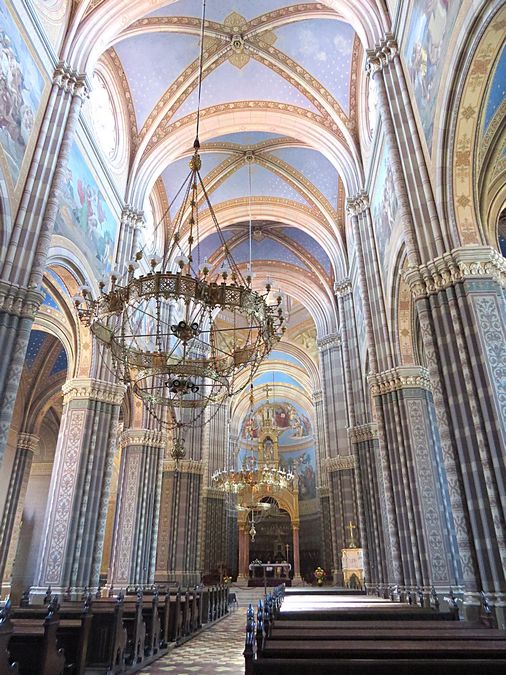
Inside the Cathedral

School kids outside the Cathedral
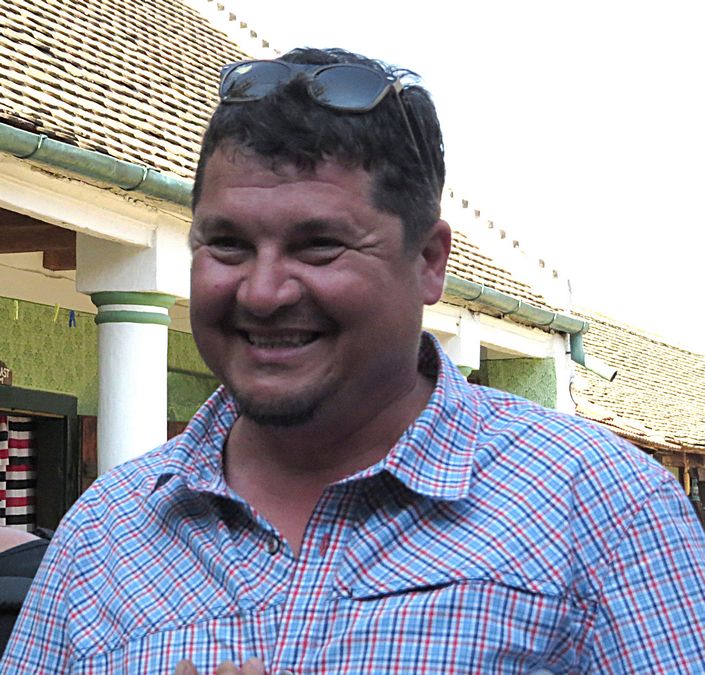
We stayed overnight in Karanac, a rural village in Slavonia Croatia.
This man is the owner of the family farm that has been converted to lodging
for tourists, which is where we stayed.

The family dog and one of her 2 puppies.
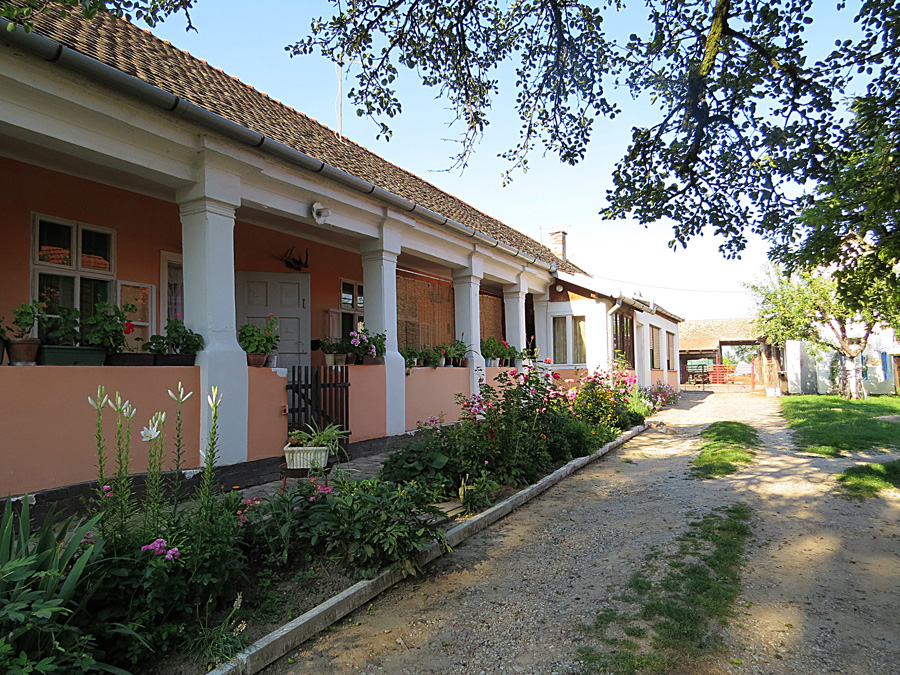
Here is part of the converted farm where we stayed in Karanac.
The style of farm homes in this area is a long row with entry doors
into separate rooms along a covered outside corridor.

Walking to the restaurant where we had dinner in Karanac.

A local folk singing group entertained us at dinner. This is one of the musicians.

The following morning, this young woman talked to us
about local farm life and how hard it is for small farmers to survive.
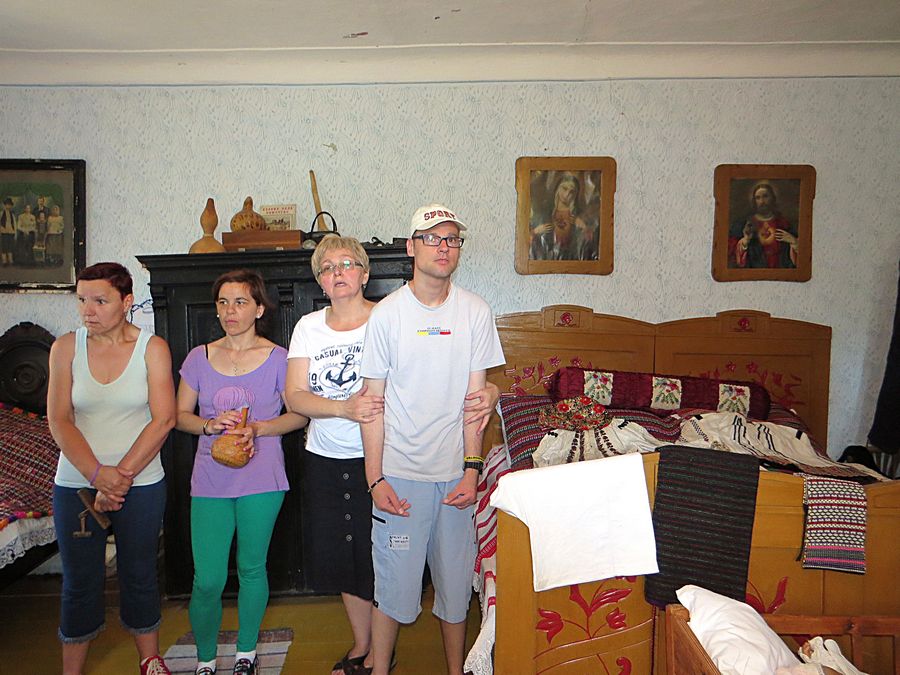
We visited a facility in this area that helps mentally handicapped adults.
They maintain the small ethnological museum on the site and help grow the
vegetables/fruit on this site. Grand Circle Foundation, the parent company
of Overseas Adventure Travel, donates to this facility.
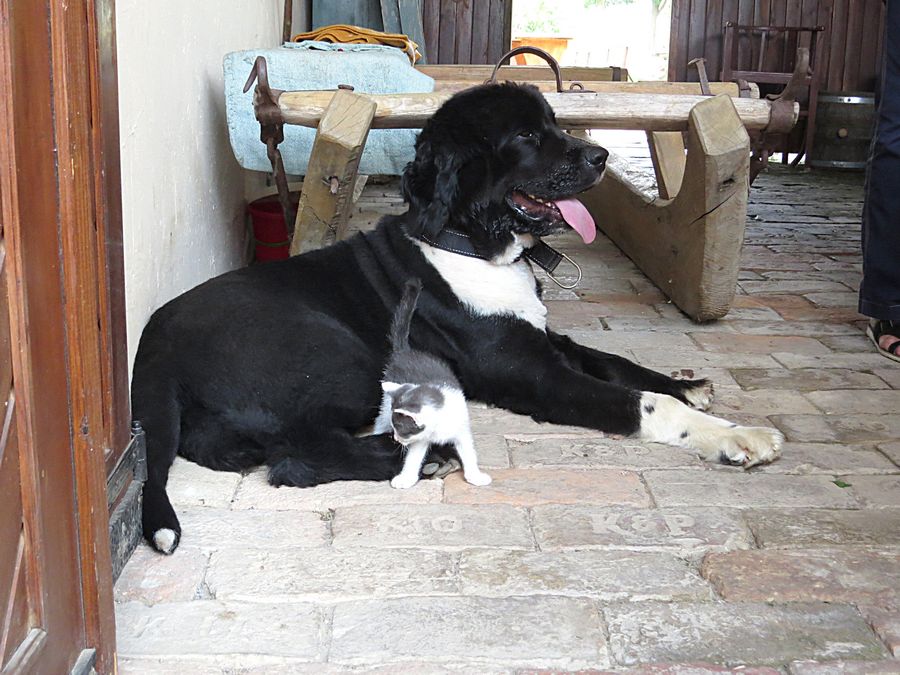
We had a home-hosted lunch at a farm nearby. The dog belongs to the
family. He befriended this stray kitten.

Farm owner getting ready to help cook our lunch.
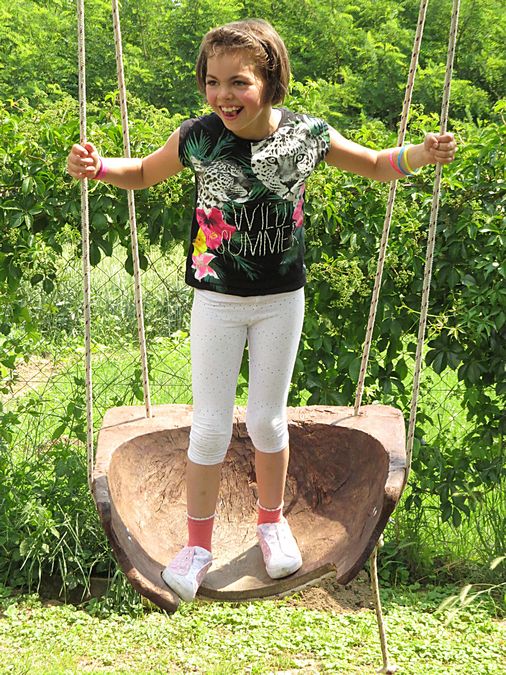
His daughter

Flower on the farm

Stork at the site we visited next on the way to Zagreb.
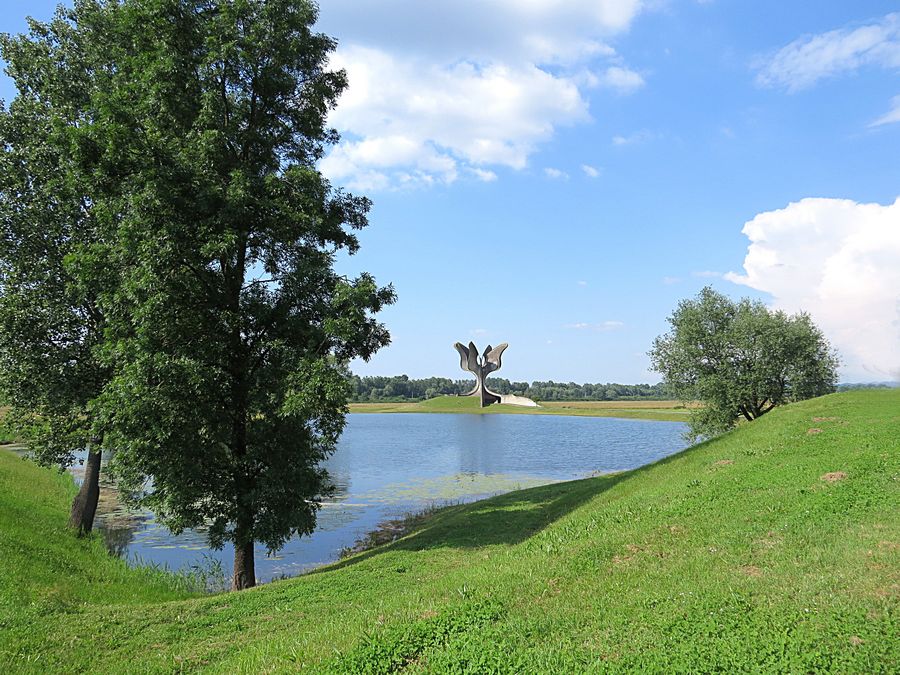
Jasenovac concentration camp - an extermination camp established in Slavonia
by the authorities of the Independent State of Croatia (NDH) during WWII.
The camp was not operated by Nazi Germany, and it was one of the largest
concentration camps in Europe. From August 1941 it existed in marshland near
the village of Jasenovac. It was dismantled in April 1945 in an effort to hide
what happened. It was notorious for its barbaric practices and the large number
of victims. The majority of victims were ethnic Serbs along with Jews,
and anti-fascist or dissident Croatians. It was about 62 miles southeast of
Zagreb, the current capital of Croatia. The U.S. Holocaust Memorial Museum
in Washington, DC estimates that the NDH regime murdered between 77,000
and 99,000 people
in Jasenovac between 1941 and 1945.
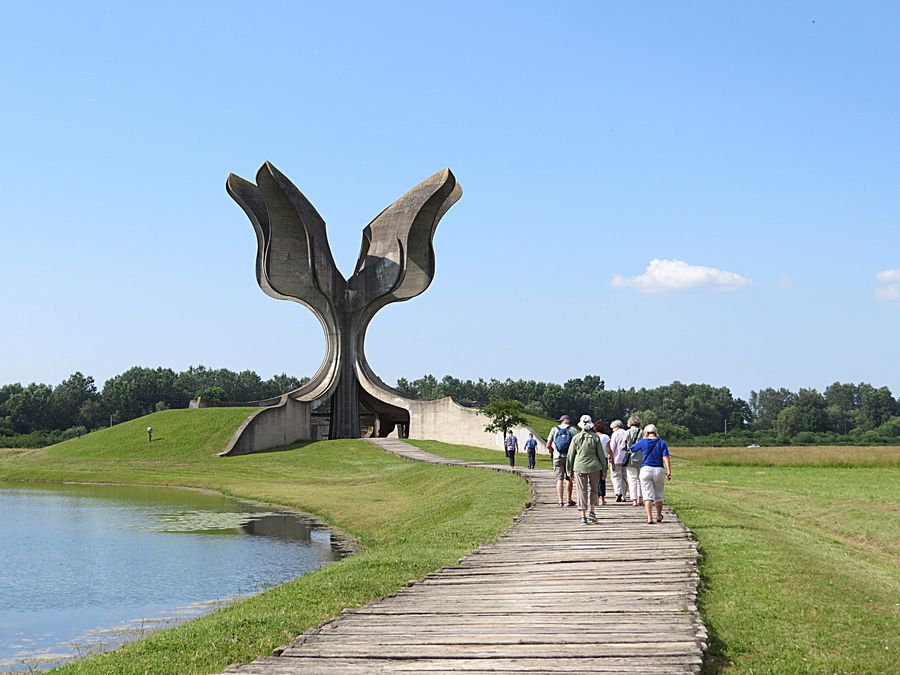
The Stone Memorial to the victims.
The Independent State of Croatia (NDH) was founded on April 10, 1941,
after the invasion of Yugoslavia by the Axis powers. It consisted of most of
modern day Croatia and Bosnia and Herzegovina, with some parts of modern
day Serbia. It was basically an Italian-German protectorate, since it owed
its existence to the Axis powers, who maintained occupation forces within
the puppet state.
Link to Part Five, Page Eleven - Zagreb
Pat's Home Page